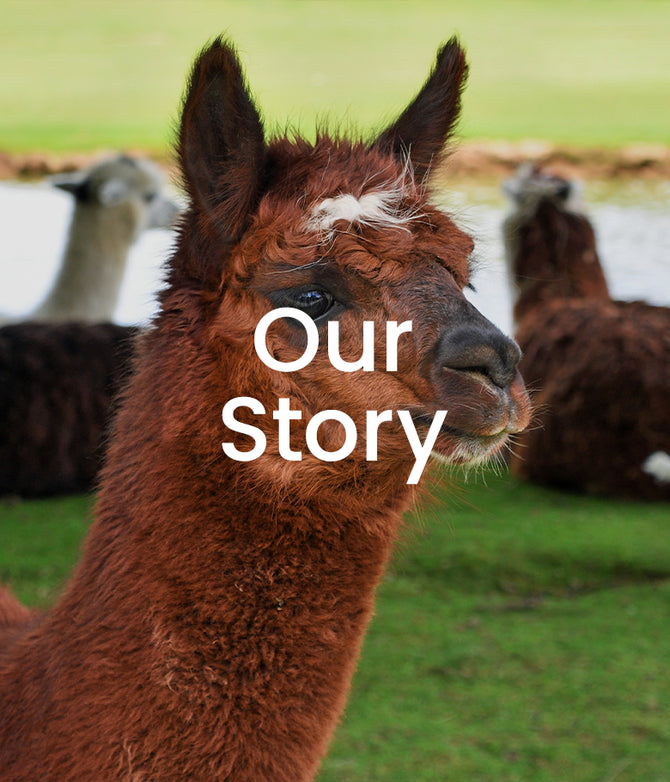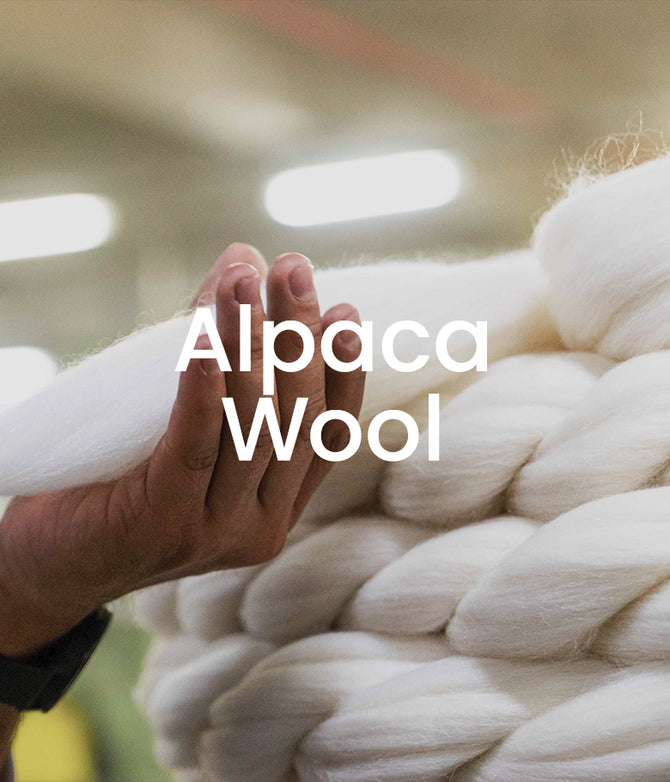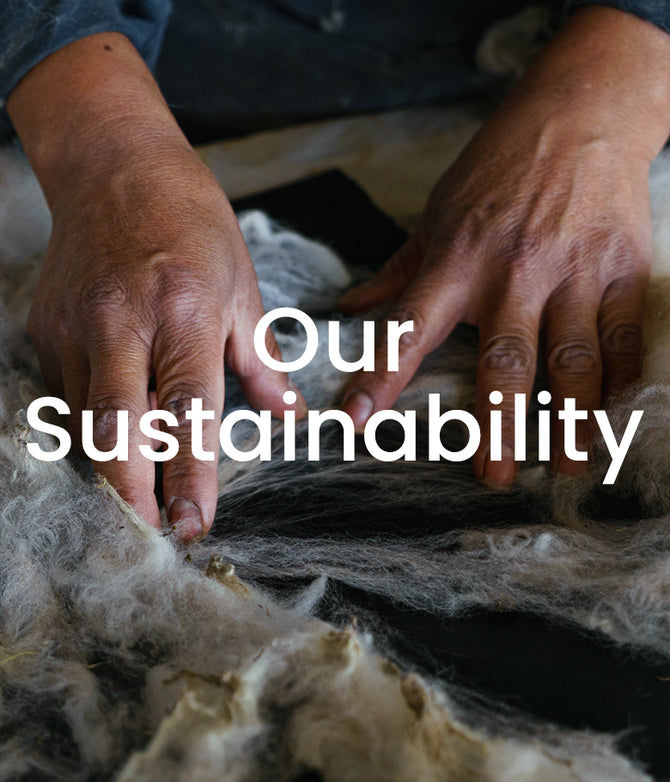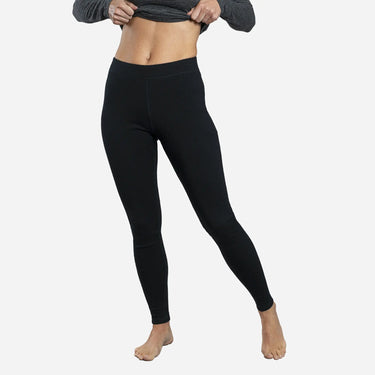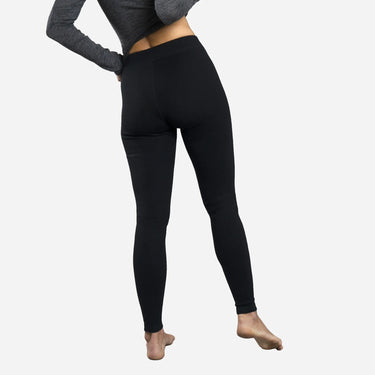NATURALLY DYED CLOTHING
Published November 22, 2020 | Updated December 16, 2020
At Arms of Andes, sustainable production is our goal. We already to do a lot - keeping our carbon footprint low with single sourcing and using one of the most sustainable technical fibers around - but we want to do more.
So, we decided to welcome in a new era of NATURAL COLORS!
The Natural Colors We're Using
COCHINEAL
What is it?
Cochineal is a scale insect that lives parasitically on the pads of the prickly pear cactus. Conchineal has been used by civilizations throughout Latin America for dyeing textiles for at least 1,500 years, and is prized for being the most vibrant colorant available in nature.
How is the pigment extracted?
The insects are harvested from the cacti, dried out and ground up into a powder. The resulting powder contains carminic acid, which is boiled in water before the yarn/fabric and mineral salts are added.
What is the resulting color?
NATURAL RED (Anywhere from crimson to scarlet)


INDIGO
What is it?
Indigofera tinctoria is a plant in the bean family that grows around the world. The oldest known textile dyed with Indigofera Tinctoria, thought to be 6,000 years old, was found in Peru. Natural indigo is also anti-bacterial, so helps to make our garments even fresher!.
How is the pigment extracted?
The leaves are soaked in water and then left to ferment, converting the naturally present chemical, indican, to indigoton, the blue pigment.
What is the resulting color?
NATURAL BLUE
NATURAL WHITE
What is it?
There are around 22 natural colors of alpaca fiber, but white alpacas are the most commonly bred, due the versatility of this color. When you use our natural white garments, you wear alpaca wool, just like alpacas do!
How is the pigment extracted?
There's no extraction involved here: the wool is naturally white! Once the fleece is sheared, trained fiber sorters, classify the fibers by diameter and color.
What is the resulting color?
ALPACA WHITE


EUCALYPTUS
What is it?
Eucalyptus is a genus of trees mostly native to Australia, that is propagated around the world, including in Peru. You might know it's good for soothing a cold, but it makes great dyes too. All parts of eucalyptus contain pigments, producing a wide variety of colors.
How is the pigment extracted?
We boil tender, young leaves in water to extract the color. The amount of time in the water affects the shade and the final color of the garment.
What is the resulting color?
NATURAL SILVER & NATURAL CHARCOAL
MOLLE
What is it?
Schinus molle is an evergreen tree, native to the Andes. It has a very strong wood and its pink berries are similar to pink peppercorns. Its leaves have antiseptic and antibacterial properties, so it is used to treat wounds in traditional Andean medicine.
How is the pigment extracted?
The leaves are boiled in water to extract the color, which is fixed into the fabric by boiling the garment in the dye solution. We currently only use molle mixed with indigo, rather than on its own.
What is the resulting color?
NATURAL TURQUOISE (when mixed with indigo)

How do I Care For My Naturally Dyed Clothes?
It’s easy to get put off by buying natural fibers like alpaca wool or fabrics that are colored with natural dyes, because of the perceived difficulty of caring for such items. But don’t worry, we have done extensive testing to help making caring for your naturally dyed alpaca wool outdoor apparel easy! Below are a few tips:
- Since alpaca wool is odor resistant, you shouldn’t need to wash it too regularly. Airing out or rinsing in clean water is usually enough.
- Our clothes are now machine washable, but make sure to use a cold water, gentle cycle and a mild detergent to ensure they last as long as possible.
- The dye will likely tint the washing water, so wash with similar colors only, but don’t worry, the color of your garment won’t be changed.
- When drying, it’s best to lie the garment flat, out of direct sunlight. Tumble drying should be avoided as it likely will shrink your clothes, but alpaca wool dries pretty quickly anyway!
- If you feel it’s necessary, you can iron your alpaca wool clothes on a warm setting.
- The wool and dyes are affected by chemicals, so you should avoid dry cleaning and using fabric softeners or bleach.
- We recommend washing your naturally dyed clothing less often, to help the unique color last as long as possible.
Please note that the garments in our Natrual Colors Line are hand-dyed in small batches, so no one else will have exactly the same color as you! Natural dyes are environmentally friendly, gentle on the skin and pleasing to the eye, but they are less good at bonding with textile fibers, so colors can bleed a little when your wash your clothes, or sweat in them. Therefore, we recommend using your naturally dyed garments with dark clothing or equipment (e.g. backpacks) and washing with similar colors, especially at the beginning. Natural dyes may show some unevenness in coloring, but this is how nature works! To find out more about caring for your clothes, see our Alpaca Wool Care page.

Coloring Textiles
For thousands of years, cultures around the world have added color to their clothing and textiles using plants, animals and minerals from their environment. But the modern clothing industry has all but forgotten about natural pigments, because synthetic dyes are cheap, can be completely standardized, and are easy to use on an industrial scale. The flip side of this however, is that synthetic dyes can be bad for the environment, as well as for the people who work with them, and even sometimes those who wear them.
Natural dyes, on the other hand, are notoriously difficult to work with. Since the pigments are generally extracted from living organisms, it is almost impossible to standardize the color: one harvest of cochineal bugs may have a much higher concentration of carminic acid (the colorant) than the next; and the quantity of the fixing agent can also change the tone or intensity of the color. When working with natural pigments, yarns, fabrics and garments are usually dyed in small batches, by hand, which means that colors will unavoidably vary slightly from batch to batch.

Why Use Natural Dyes ?
Since they're tougher to deal with, you might wonder why anyone would choose natural dyes over synthetics. The main reason: natural colorants can generally be considered to be much more eco-friendly than synthetics, and as a bonus, are biodegradable (meaning they can degrade naturally, without releasing harmful chemicals or particles into the environment). In fact, by using natural dyes and cotton for the stitching and labels, the t-shirts, beanie and neck gaiters in our Natural Colors Line are now 100% biodegradable! On top of this, we love the beautiful tones that natural dyes give: softer and more subtle, but somehow so bold and striking at the same time!
The ancient civilizations of Peru - from the Moche to the Inca – used natural dyes, so Arms of Andes decided to bring these traditional practices and knowledge into the world of modern outdoor apparel.
By choosing natural fibers and dyes for your clothes, you can help reduce the impact that the clothing industry has on our environment. Arms of Andes makes choosing natural for your travel and outdoor apparel easy, by using alpaca wool fabric and natural colors.







